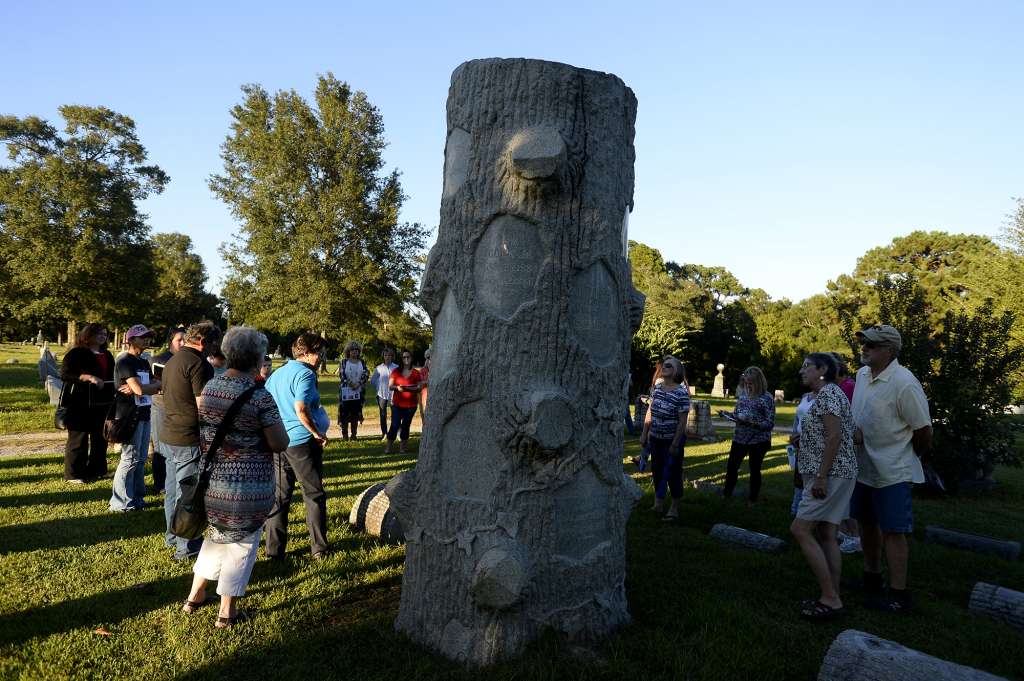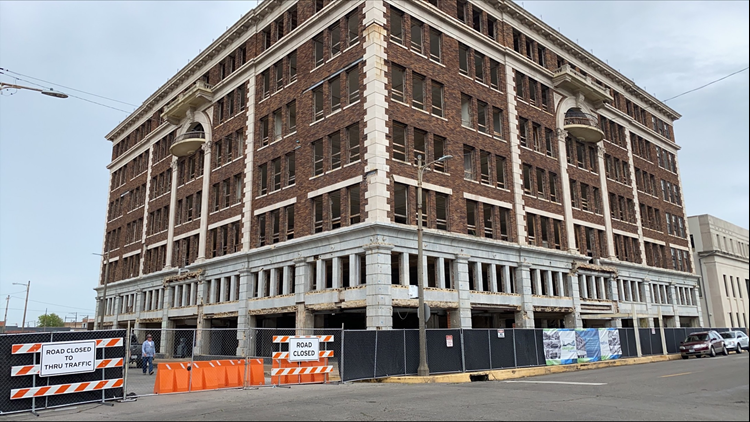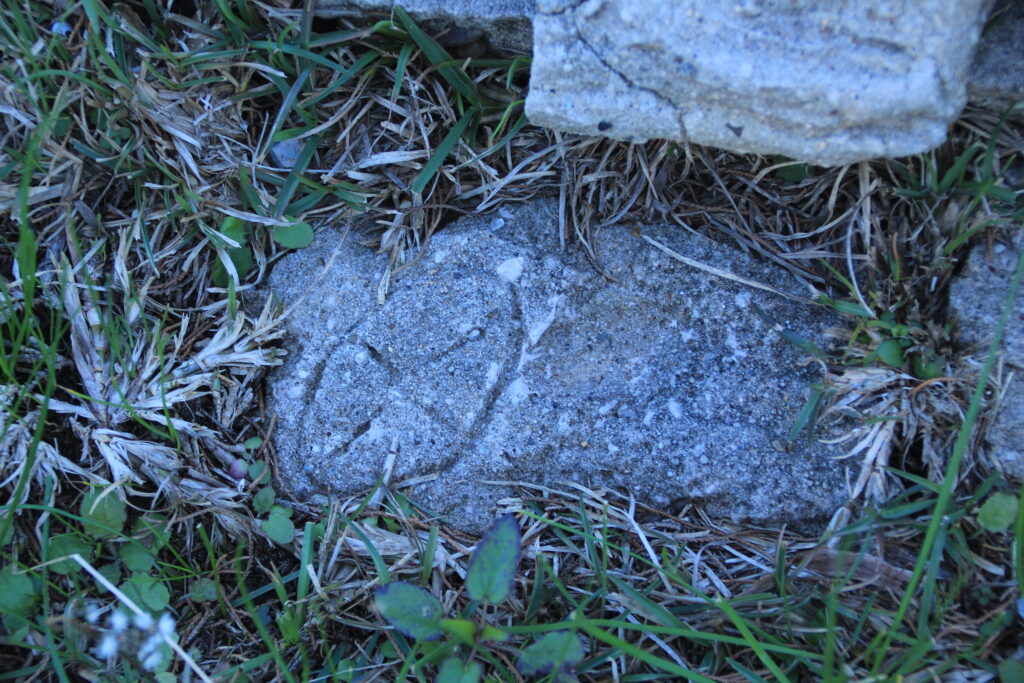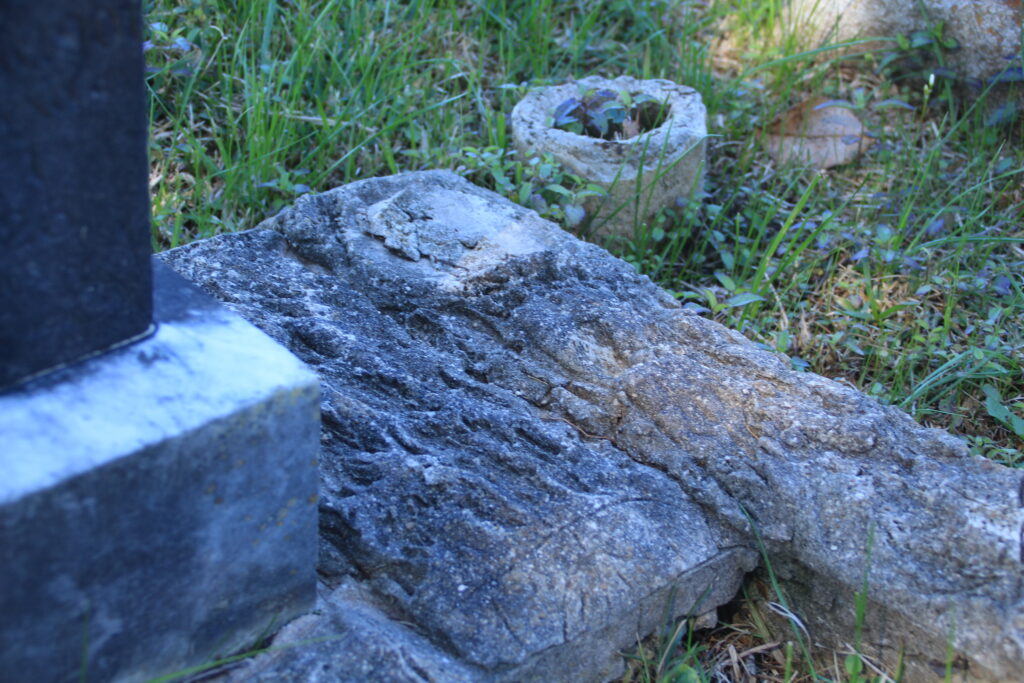
Some of us received some needed rain on Sunday after temperatures reached record highs. However, unfortunately, the Spindletop-Gladys City Boomtown Museum was hit by straight-line winds; the saloon’s roof was ripped off, and a wooden tank from the original site of Spindletop was destroyed. Luckily, there was minimal damage to most of the other buildings, but some of the collections did get spoiled by water.
Although I don’t know many of the details, I do know the people there, and Lamar University has the best person for this kind of situation. Director Rayana Hoeft will fix it. Though she’s not from this area, she is passionate about preserving history and does it well. There is no better person to handle this problem.

Good news from Port Arthur. Motiva stated that they are going forward with renovating the Federal Building and the Adams Building in downtown Port Arthur for their offices. The project had been ongoing but was halted because of COVID. It is always a good thing when someone brings a city’s downtown back to life. I look forward to seeing the transformation. The Adams Building—or as some call it, the World Trade Building—has always stood out as a beautiful piece of architecture. I hope it shines again.
After this breaking news, my trip to H-E-B. Finding a new product wasn’t that special. On my daily visit, I noticed that they were pushing a new item. I’m good with new things, but some products at Mr. Butt’s grocery store are kind of dodgy. Lately, I’ve been seeing pallets of a new item from the Central Market branch of H-E-B (this means Austin stuff). Basically, it’s pallets of seaweed roasted with sea salt and other flavors. Yes, I get it, it’s supposed to be a healthy chip without corn or potatoes. Hey, the whole package is only 20 calories! I did purchase one and thought I’d give it a try. My review of the product is as follows. Remember when you were eight years old and you were playing in the surf at McFaddin Beach? Your mom or dad were making hotdogs, but the south wind blew and threw sand on your soon-to-be lunch. While playing with your obnoxious brother, sister, or cousin, you turned around, and a two-foot wave hit you in the face. Of course, you had your mouth open, which wasn’t a pleasant experience. This is what the Central Market seaweed product tastes like (without the tar ball flavor in the waves that we endured growing up on McFaddin Beach). I’ll give it two stars for nostalgia.
Magnolia Cemetery has many stories to tell, and the original plots are no exception. Here is a brief history of its origins.
Back in the 1840s, William McFaddin, Jefferson County pioneer and veteran of the Texas War for Independence, created a private graveyard on his land for his family and friends. The plot overlooked Brakes Bayou and was located on the highest knoll in Beaumont. The first recorded burial on the larger site was in 1847 when John D. Gilbert was laid to rest. The first recorded burial on the McFaddin family’s personal plot was William’s son John Andrew McFaddin, who was killed during the Civil War on September 29, 1863, at the Battle of Fordoche Bayou.
During the 1860s, another burial area, adjacent to the McFaddin’s, was marked for the Odd Fellows Lodge. William McFaddin then saw the need for even more space on the hill to give other Southeast Texans a place to bury their loved ones; so, in 1876, he deeded two and a quarter acres of land next to his private graveyard. Initially, the area was used primarily for Civil War veterans and their families, but many others rest on the hill, including another Texas War for Independence veteran, a Union soldier, a deputy marshal of Beaumont killed in the line of duty on September 25, 1881, and many victims of the 1918 influenza pandemic.
I want to delve deeper into the history and names of Magnolia Cemetery. First, I want to thank Judy Linsely for lending her talent and expertise on its history. She should know, as she is related to at least half the family names here in Magnolia. I also have another friend who is related to the other half, so I believe everyone is covered!
John D. Gilbert is thought to be the first burial, and I believe this to be true. But the first burial of the McFaddin plot might not have been John Andrew McFaddin, as he may not have been brought back from the Battle of Fordoche Bayou, where he died. Not to get too morbid, but putting a body on a wagon or horse and traveling for a couple of weeks wasn’t done back then for obvious reasons. I know that the miniseries Lonesome Dove did some sort of traveling with a body, but this didn’t happen in Louisiana. Heat and humidity are unbearable to the dead as well as the living. I’ll stop here because I don’t want to make a comparison with you returning from evacuating due to Hurricane Rita ten days later and cleaning out your refrigerator—but I digress. It’s quite possible that he was relocated here later, but no records show this, so we believe that his headstone is actually a memorial.
Many prominent family plots are here, and a walk on the hill will do you good. There are so many things to see besides the stories of lives lived. One truly awesome site is the Ogden tree. We know that this tree is not a Woodmen of the World monument; it is something to see. The huge structure stands in front of the Ogden plot with all the headstones in the back resembling cut logs. I assume the correct interpretation is that this is the Ogden tree, and those are its descendants.

Another mystery of sorts is the grave of Jorge Mireles, who rests behind William Patterson. Billy Patterson was the first Beaumont police officer killed in the line of duty. I will not say the name of his murderer because he is one of two people I don’t mention—ever (except if I’m at a cemetery tour in Magnolia, then I’m like a parrot. Let the bad-mouthing begin!). My research shows that Jorge’s family was from San Antonio, but they lived in Beaumont and were the owners of the Tampico Café. The headstone is in Spanish, and pieces of the rectangular plot have markings similar to Dionicio Rodríguez’s work. Dionicio was a sculptor who perfected the process of carving concrete so that it looked like wood. His works in this area include the benches in front of Christus St. Elizabeth Hospital and the Eddingston Court shell wall in Port Arthur. He did a lot more work at the Phelan Mansion, but as far as I know, the benches are the only surviving examples of it.
I doubt that Dionicio made the petrified wood sculptures at Jorge’s grave, but they are certainly copycats of his work. Both the Mireles and Dionicio had ties with San Antonio, so it is still a mystery if there is a connection.
Until next week, I think I’m done trying new H-E-B things. Sorry Charlie (Butt)! I will admit that your Sushiya chicken fried rice is decent, but you may need to add some petroleum oil to your seaweed chips in order to achieve that authentic taste here on the Texas coast.
Spindletop-Gladys City Boomtown Museum:
Beaumont Enterprise: https://www.beaumontenterprise.com/news/article/beaumont-boomtown-museum-damaged-surprise-storm-18334350.php
12 News Now:
Motiva Downtown Port Arthur Project:
Battle of Bayou Fordoche:
https://www.hmdb.org/m.asp?m=94325
William Patterson:
https://www.odmp.org/officer/17671-deputy-city-marshal-william-e-patterson
Dionicio Rodríguez:
https://www.tshaonline.org/handbook/entries/rodriguez-dionicio


You must be logged in to post a comment.